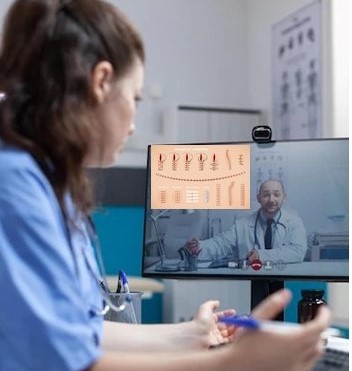Virtual teaching of surgical sutures for undergraduate human medicine students during the COVID-19 pandemic.
Enseñanza virtual de las suturas quirúrgicas para estudiantes del pregrado de medicina humana durante la pandemia de COVID-19.
DOI:
https://doi.org/10.25176/RFMH.v22i3.4269Keywords:
Suture techniques, Clinical competence, Clinical skills, Simulation training, Educational models, Medical student, Educational virtual realityAbstract
Objective: To determine the level of the technical skills development of the medical student in performing surgical sutures through a virtual teaching model.
Methods: A retrospective, descriptive and longitudinal study was carried out that evaluated some skills of 24 undergraduate medical students, without prior surgery knowledge to perform surgical sutures (simple and crossed interrupted suture) through virtual teaching of the course of surgical technique (virtual classrooms, synchronous videoconferences, inanimate and ex vivo simulation models and telementoring).
Results: In relation to the simple interrupted suture, there was a significant improvement in the OSATS (objective structured assessment of technical skills) from 6 ± 0.28 to 28 ± 2.6 as well as the rubric of the finished suture from 5 ± 0.28 to 24 ± 1.5 and a decrease in the time to perform the suture from 44 ± 13 seconds to 33 ± 9 seconds at the end of the course (p = 0.0001). In relation to the cross interrupted suture, there was a significant improvement in the OSATS from 6 ± 0.28 to 27 ± 2, as well as the final suture from 5 ± 0.28 to 24 ± 1.7 and a decrease in the time to perform the suture from 66 ± 21 seconds at 56 ± 11 seconds, in favor of the post-test. (p = 0.0001).
Conclusions: There is an adequate development of technical competencies in medical students for the realization of simple and crossed interrupted sutures through the proposed virtual teaching model.
Downloads

Downloads
Published
How to Cite
Issue
Section
License
Copyright (c) 1970 Revista de la Facultad de Medicina Humana

This work is licensed under a Creative Commons Attribution 4.0 International License.



































